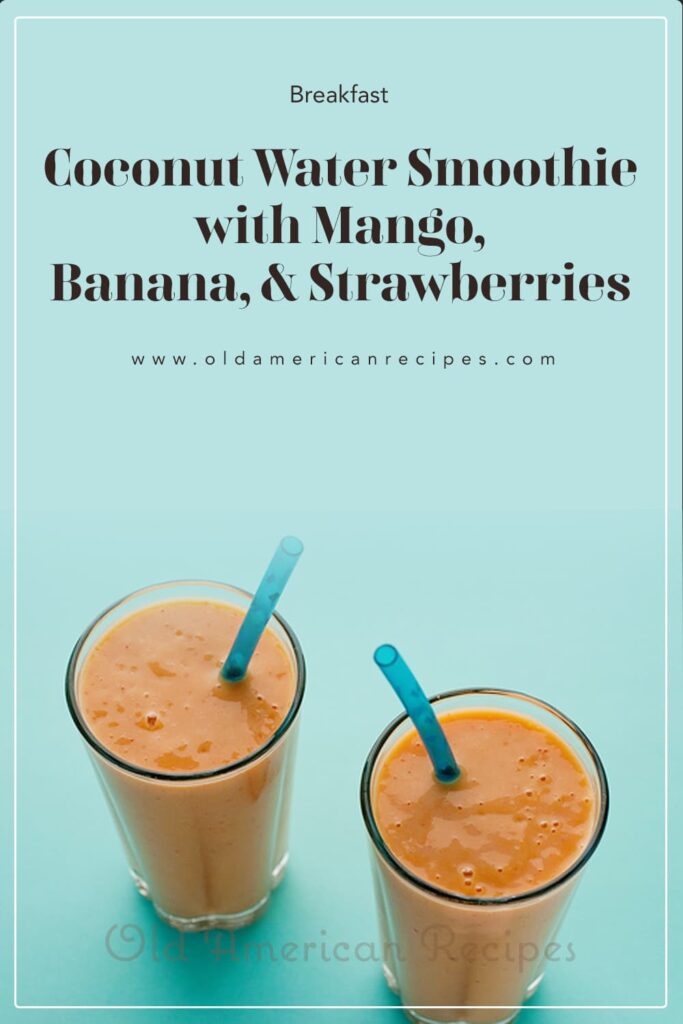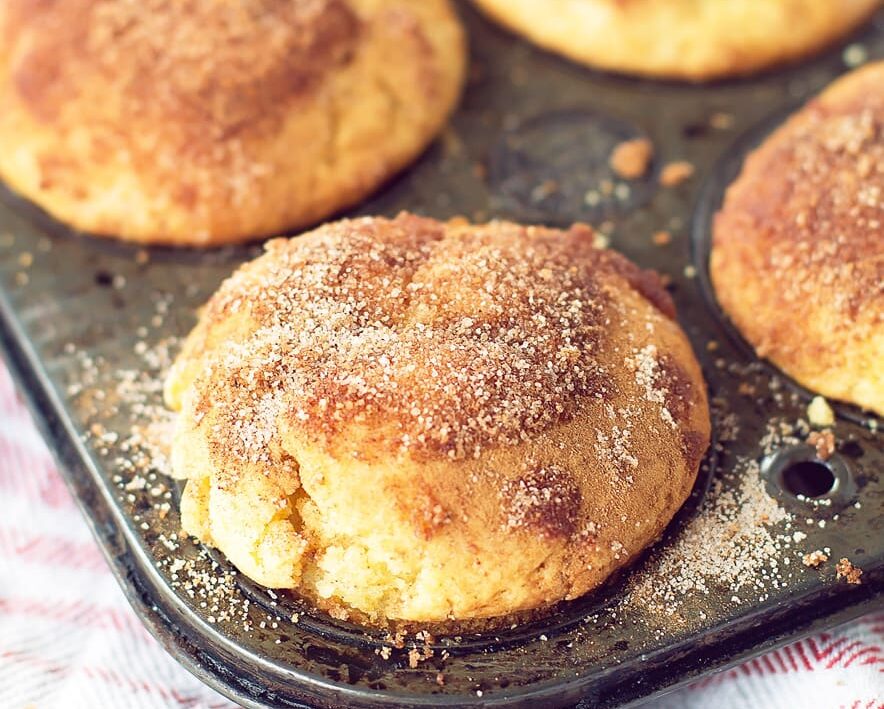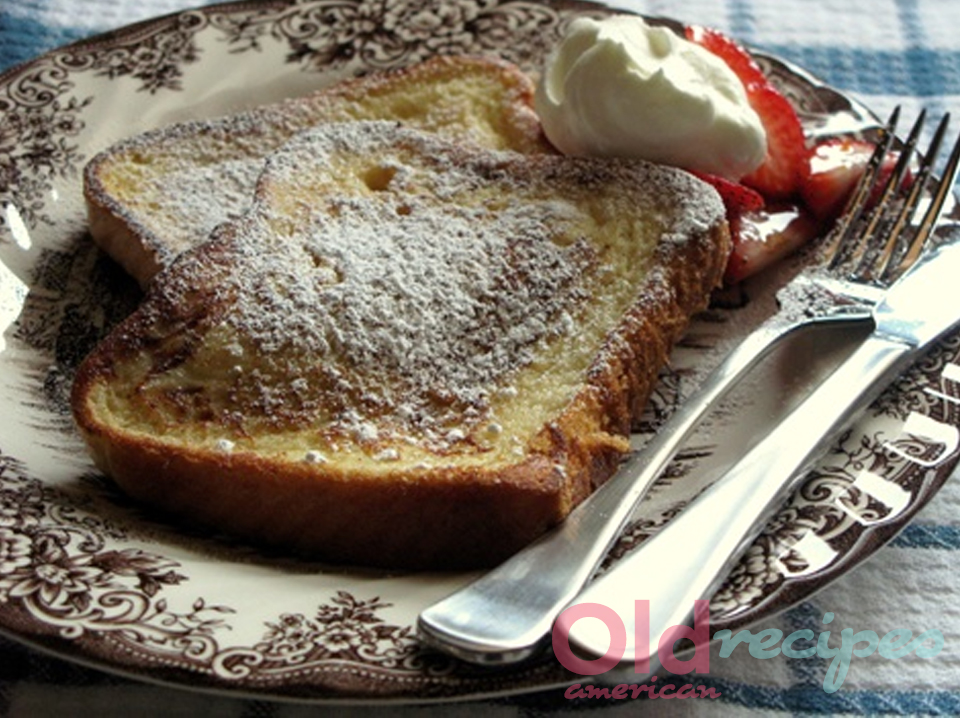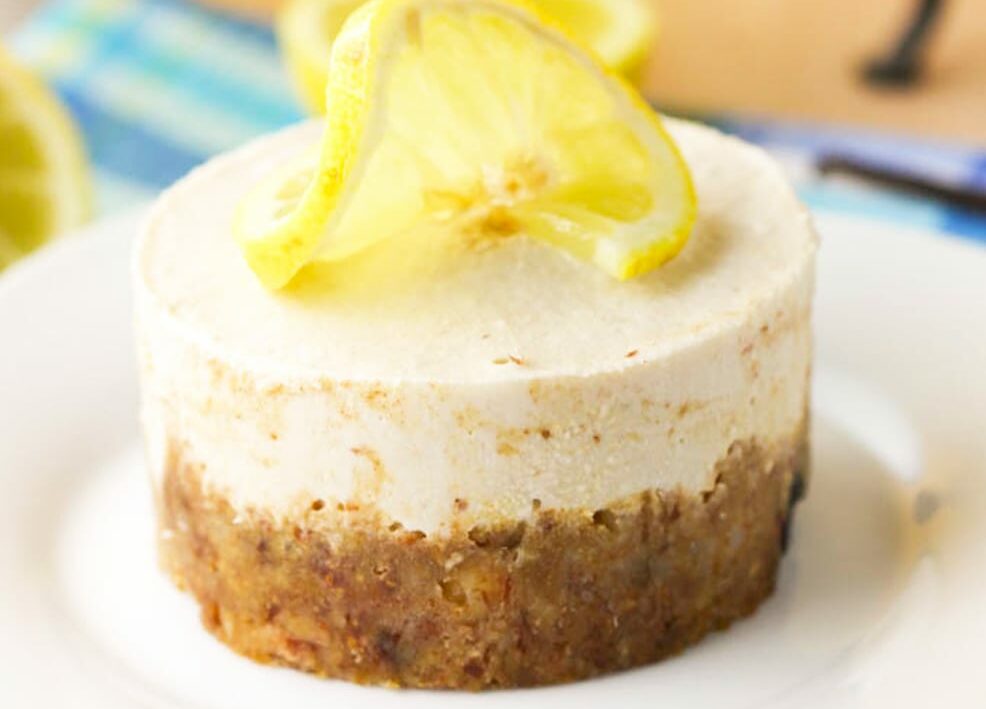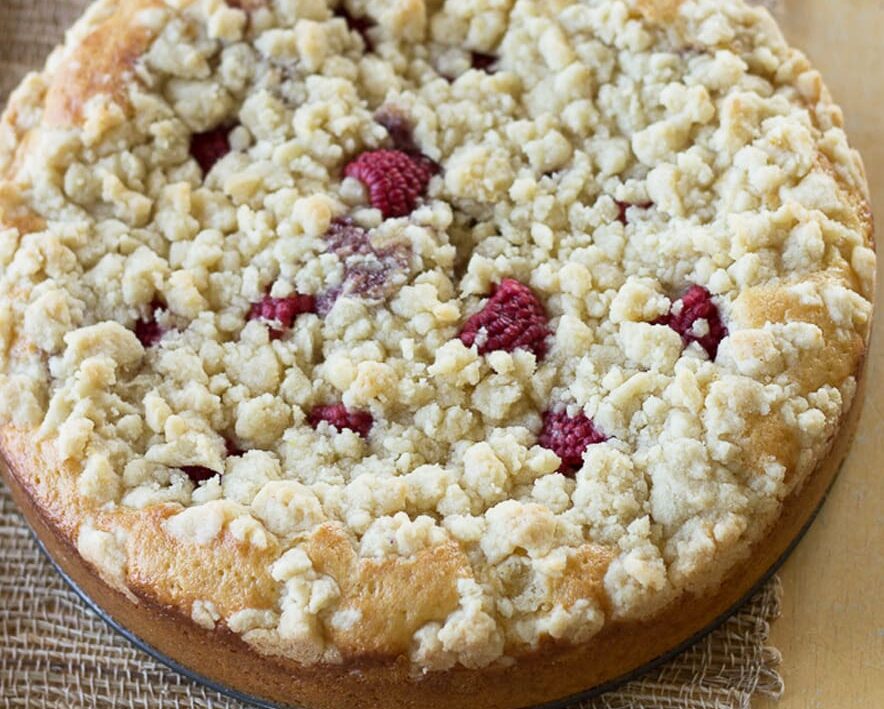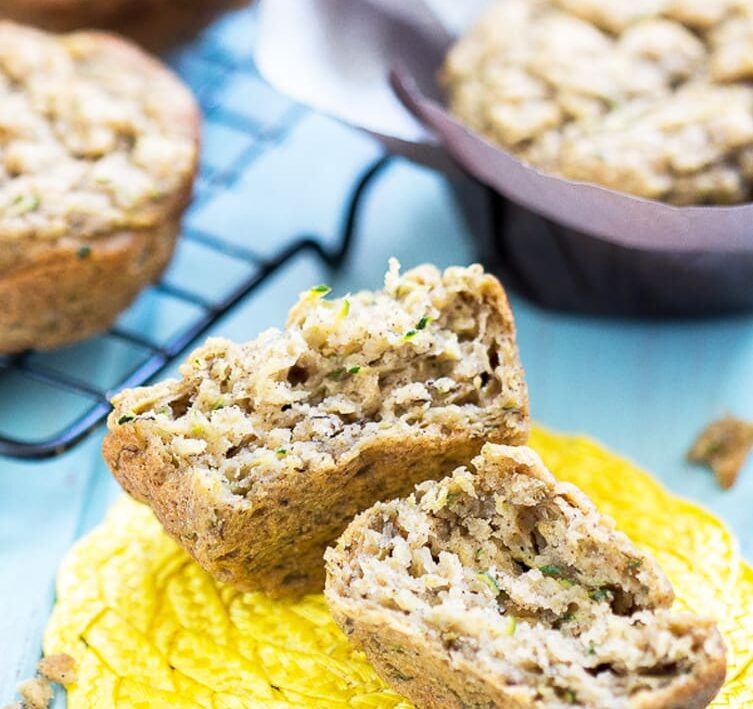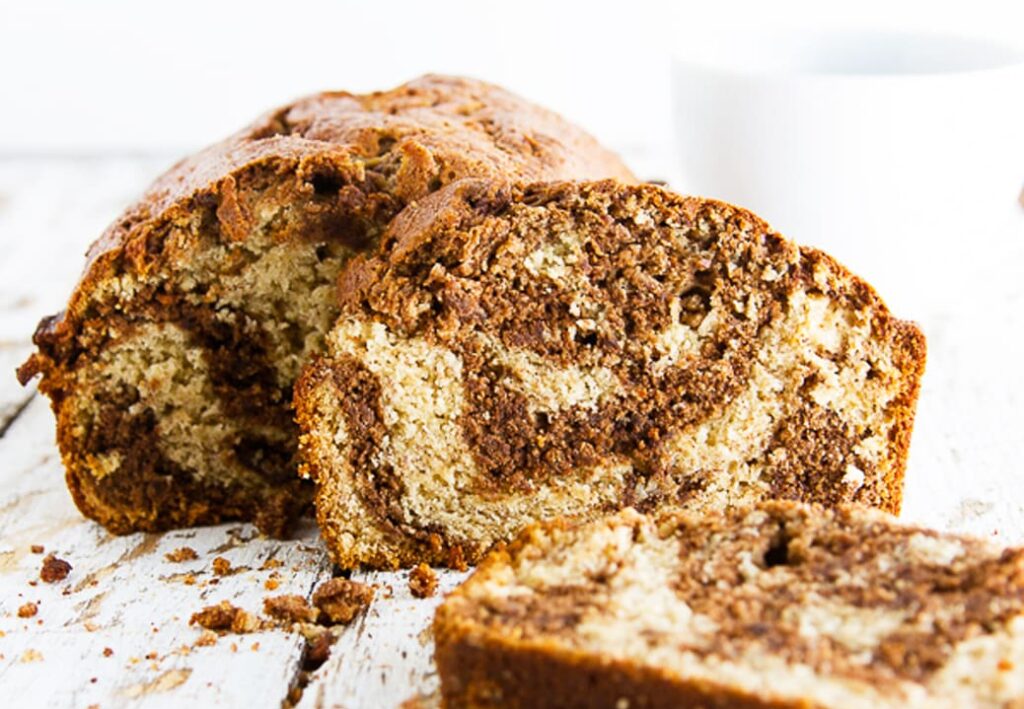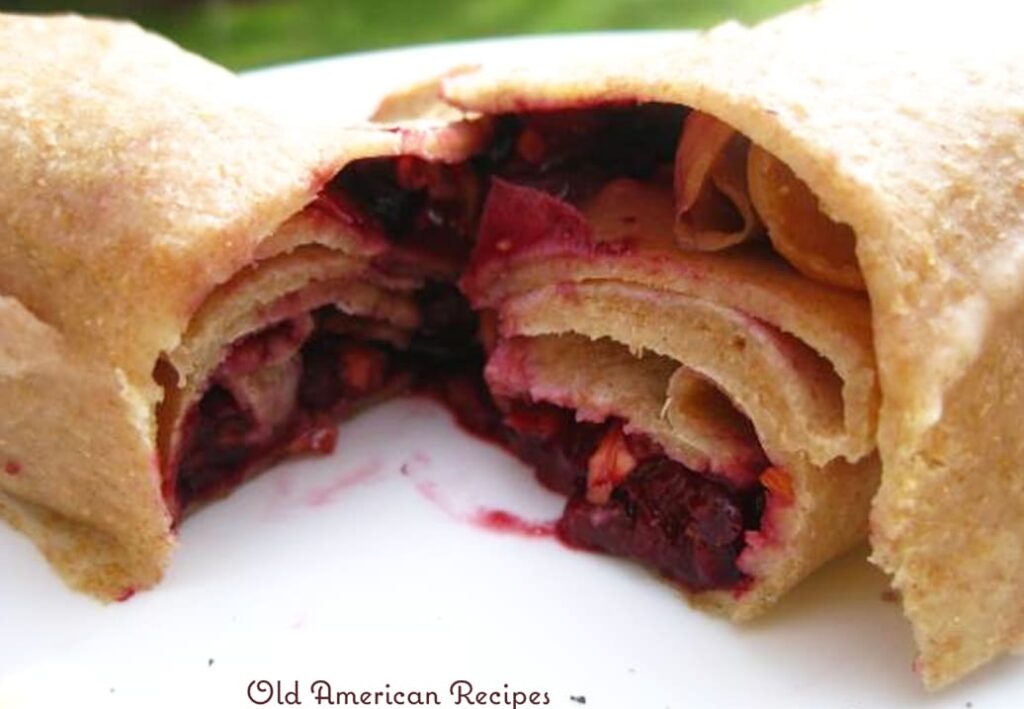When we were waiting for our drinks at the Daily Juice in Austin I entertained myself by watching the action in the galley kitchen, which was on the other side of a small half-wall. At one end of the kitchen, a burly man kept several blenders running, adding bits of this and that as he went. On the other end a young woman set a large box on the counter and pulled out an oddly shaped white object. It had a smooth exterior, was flat on one side, and on the opposite side it resembled a sharpened pencil. Perplexed, I watched her closely trying to figure out what I was looking at. She picked up a large blunt-ended knife, and hacked into the object with force. Bits of the exterior flew everywhere and she continued to hack away until a hole appeared. Once the hole was the size of a golf ball, she picked up the object and upended it, pouring out liquid into a waiting pitcher. Then she tossed the object in the trash, reached for another, and repeated the process. Curious, I stepped closer and was able to recognize that the bits of fiber coming off the object were coconut fibers. Ah ha! She was pouring out coconut water for drinks!
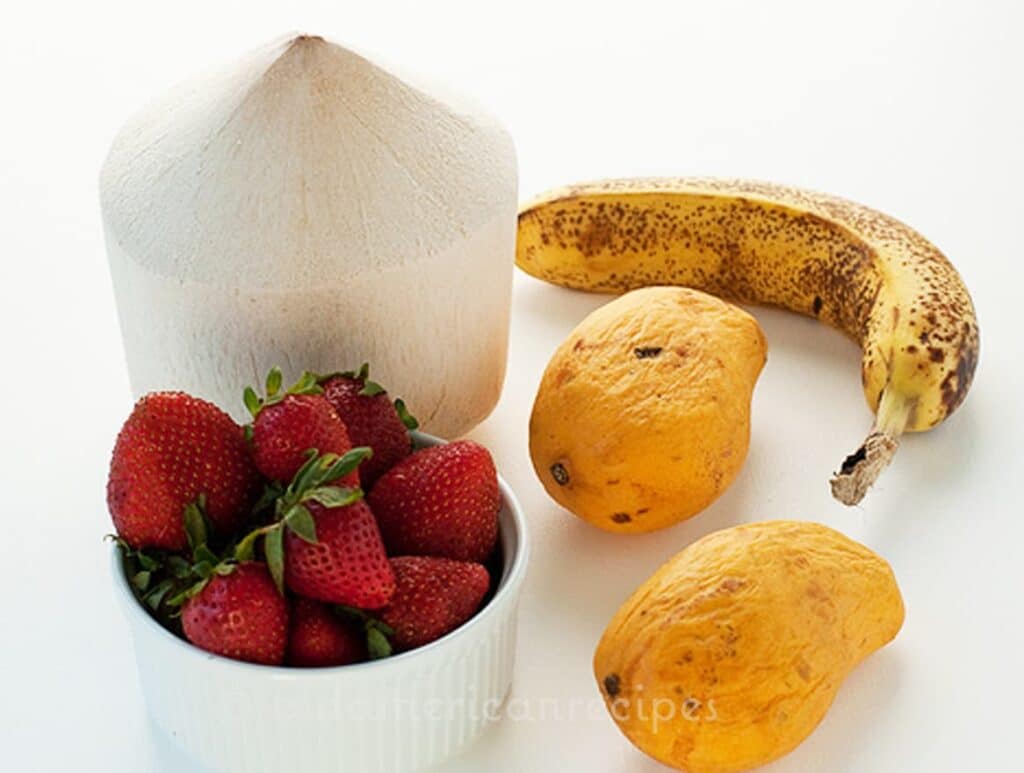
Back home from our trip to Austin, I decided to look up coconut water and see how it is different from coconut milk. It turns out that coconut water comes from young green coconuts. Before mass distribution, the large green shells are shaved down to the oddly shaped white objects I saw at the Daily Juice. As the coconuts grow, the water is replaced with meat and air, turning them into the familiar brown coconuts we know and love. The water is fat free, low in calories, and very high in potassium and electrolytes. It is even purported that in World War II, coconut water was used as an emergency intravenous hydration fluid when a soldier was injured in the field and IV fluid was nowhere to be found. Coconut IV anyone? Given all of these health benefits it is no surprise that a few enterprising individuals have started to sell coconut water on the mass market. My small town has not hit the distribution radar screen for sexy new sports drinks, but I was fortunate enough to find young coconuts at an ethnic grocery store. (Note- A few people I have talked to who have tried the packaged coconut water thought it tasted awful. I wonder if something gets lost in the packaging and distribution process?)
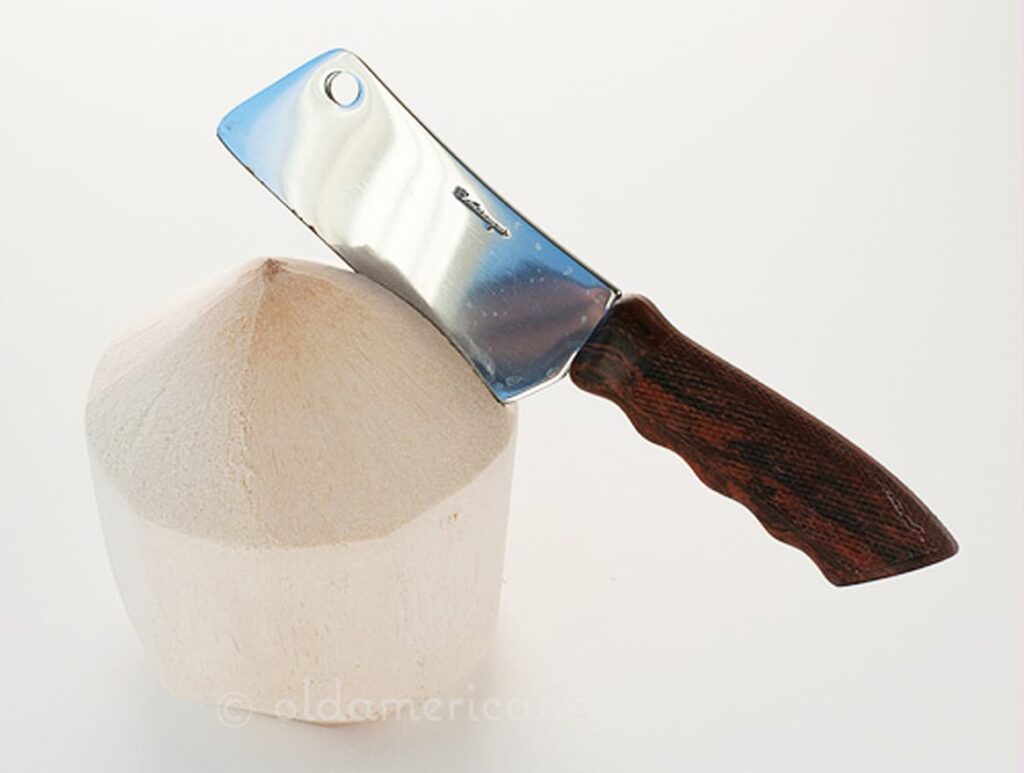

I brought a few young coconuts home and decided to turn them into a healthy breakfast smoothie. It took a bit of work to hack into the coconut (there’s nothing like flying bits of shell and juice to wake you up in the morning) but once I worked my way in, I was rewarded with about 2 cups of liquid. Coconut water must be used within 24 hours of exposing it to air as the nutritional qualities decline after that point. So, like most things in life, it is better to enjoy this drink while it is fresh. If you are feeling ambitious you can also work at peeling the tender coconut meat out of the shell and either add it to the smoothie or save it for another use.
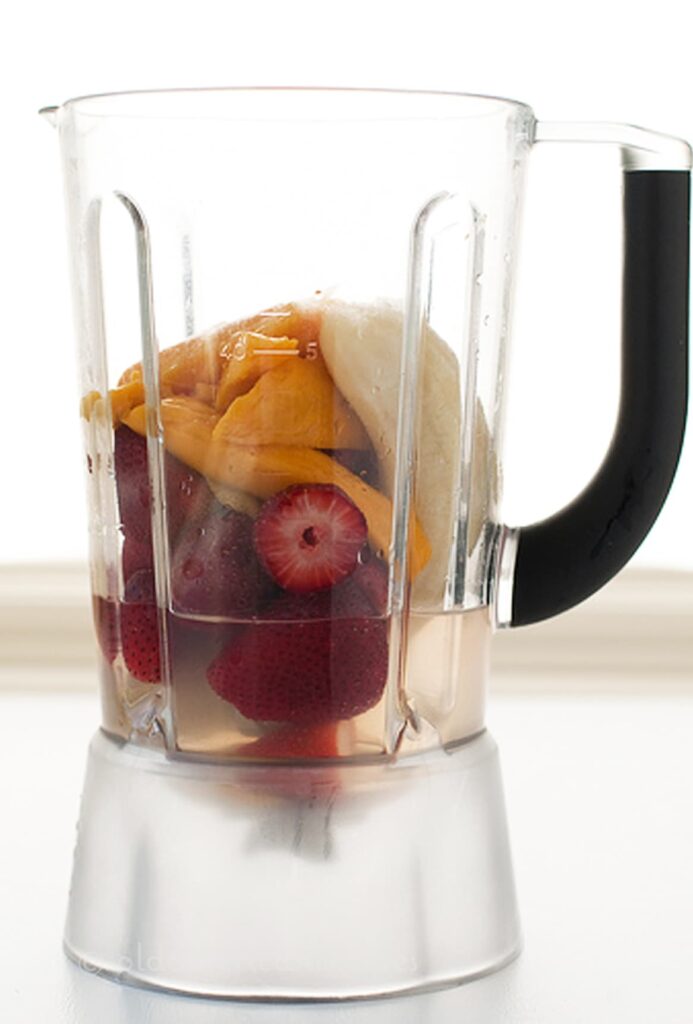
A small taste of the water revealed a clean sweet flavor reminiscent of almond milk. The coconut water only tasted slightly of coconuts and was a thin and refreshing liquid. Blended with bananas, strawberries, fresh mangoes, and a touch of yogurt it created a fabulous breakfast smoothie. Creamy, floral, and a little nutty, Mr. B and I loved the blend of tropical fruit flavors and the coconut water. If you are looking to mix up your morning smoothie routine with a highly nutritious liquid then look for the oddly shaped young coconuts and hack away!
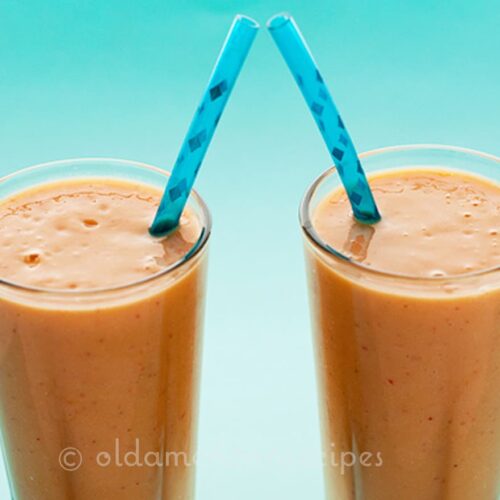
Coconut Water Smoothie with Mango, Banana, & Strawberries
Ingredients
- Liquid from 1 young coconut about 2 cups
- 2 Bananas
- 2 Mangos
- 1 cup strawberries fresh or frozen
- 1/2 cup vanilla yogurt use a low-sugar variety if you can find it
- 2 Tablespoons honey omit if the yogurt is sweet
Instructions
- Place all of the ingredients into a blender and puree until smooth. Serve immediately.
Notes
Don’t forget to PIN this Coconut Water Smoothie with Mango, Banana, & Strawberries
